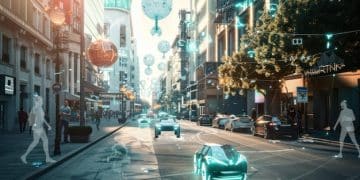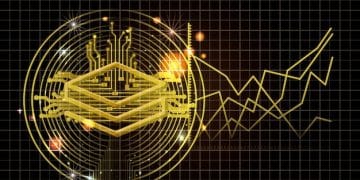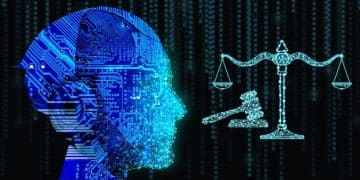Reinforcement Learning Advances: Applications & Opportunities in 2025

The Latest Advances in Reinforcement Learning: Applications and Opportunities in 2025 promise to revolutionize industries by enabling machines to learn optimal decision-making through trial and error, leading to breakthroughs in robotics, healthcare, finance, and autonomous systems.
Dive into the world of The Latest Advances in Reinforcement Learning: Applications and Opportunities in 2025, exploring how this cutting-edge field is poised to transform various industries through autonomous decision-making.
Understanding the Reinforcement Learning Landscape
Reinforcement learning (RL) has emerged as a transformative branch of artificial intelligence, enabling machines to learn through trial and error. Unlike supervised or unsupervised learning, RL focuses on training agents to make optimal decisions in dynamic environments to maximize a reward signal. This section looks into the fundamental concepts that underpin RL, setting the stage for exploring its recent advancements and future opportunities.
Core Principles of Reinforcement Learning
At its heart, reinforcement learning revolves around an agent interacting with an environment. The agent takes actions, observes the resulting state, and receives a reward (or penalty). Through this iterative process, the agent learns to optimize its behavior to accumulate the highest possible reward over time.
Key Components and Processes
The main elements in an RL system include the agent, environment, state, action, and reward. The agent’s goal is to learn a policy, which maps states to actions. Methods such as Q-learning and policy gradients facilitate the learning of this optimal policy through continuous interaction and feedback.
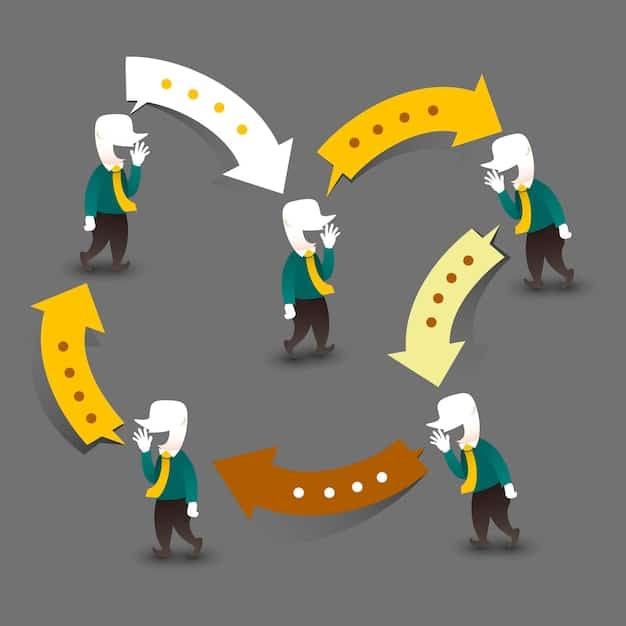
The RL process involves exploration (trying out different actions in new states) and exploitation (using known strategies to maximize rewards). Successfully balancing these elements is crucial for efficient learning.
- Exploration-Exploitation Trade-off: Finding the right balance between exploring new actions and exploiting known strategies.
- Markov Decision Processes (MDPs): A mathematical framework for modeling decision-making in situations where outcomes are partly random and partly under the control of a decision-maker.
- Reward Shaping: Designing reward functions that guide the agent towards desired behaviors.
In conclusion, understanding the foundations of reinforcement learning—the interplay between agents and environments aiming to maximize rewards—sets the stage for exploring how these principles are being advanced and applied in real-world settings.
Latest Algorithmic Advances in Reinforcement Learning
The landscape of reinforcement learning is constantly evolving, driven by innovative algorithms that enhance the efficiency, stability, and applicability of RL agents. This section will navigate through the latest algorithmic advances, highlighting techniques that are pushing the boundaries of what’s possible with RL.
Deep Reinforcement Learning
One significant advancement is the integration of deep learning with reinforcement learning, giving rise to deep reinforcement learning (DRL). By using neural networks to approximate value functions or policies, DRL can handle complex, high-dimensional state spaces that were previously intractable.
Advancements in Policy Optimization
Policy optimization methods, which directly learn the policy function, have also seen substantial progress. Techniques like Proximal Policy Optimization (PPO) and Trust Region Policy Optimization (TRPO) offer improved stability and sample efficiency.
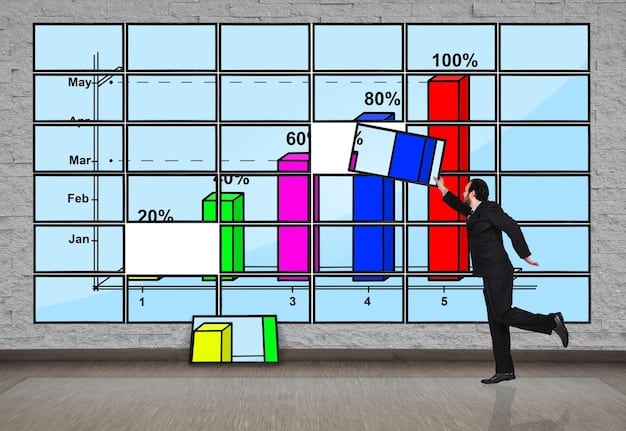
These algorithms enable RL agents to learn more effectively from limited data and avoid drastic policy updates that can destabilize the learning process.
- Actor-Critic Methods: Combining policy-based (actor) and value-based (critic) methods for more stable and efficient learning.
- Inverse Reinforcement Learning (IRL): Learning a reward function from expert demonstrations and using it to train an RL agent.
- Hierarchical Reinforcement Learning (HRL): Breaking down complex tasks into sub-tasks, enabling agents to learn more efficiently and generalize across different environments.
To summarize, advances in deep reinforcement learning and policy optimization are enabling RL agents to tackle more complex tasks with greater efficiency and stability, paving the way for real-world deployment across various domains.
Applications of Reinforcement Learning in Robotics
Robotics has long been a fertile ground for reinforcement learning applications. RL algorithms empower robots to learn complex motor skills, adapt to changing environments, and perform tasks that are difficult to program manually. This section will explore into the specific applications of RL in robotics, showcasing its potential to revolutionize automation and physical interaction.
Learning Motor Skills
One of the primary uses of RL in robotics is teaching robots to perform complex motor skills, such as grasping objects, navigating terrains, and performing assembly tasks. DRL algorithms can train robots in simulation and then transfer the learned policies to the real world.
Adaptive Control Systems
RL enables robots to adapt their behavior to changing environments and task requirements. This is particularly useful in scenarios where the robot must interact with uncertain or dynamic environments.
Adaptive control techniques use real-time feedback to adjust control parameters, thereby optimizing performance under varying conditions.
- Autonomous Navigation: RL-trained robots can navigate complex and dynamic environments without explicit programming.
- Dexterous Manipulation: RL algorithms enable robots to perform intricate manipulation tasks, such as assembling small parts or handling delicate objects.
- Human-Robot Interaction: RL can improve the safety and effectiveness of human-robot collaboration by enabling robots to learn how to interact with humans in a natural and intuitive way.
In summary, reinforcement learning is revolutionizing robotics by enabling robots to learn complex motor skills, adapt to changing environments, and perform tasks that were previously impossible to automate.
Advancements in Healthcare with Reinforcement Learning
The complexities inherent in healthcare, from personalized treatment plans to resource allocation, make it a promising domain for applying reinforcement learning. RL algorithms can process vast amounts of medical data, learn optimal treatment strategies, and improve patient outcomes. This section highlights the advancements in healthcare driven by RL, showcasing its potential to enhance medical decision-making and patient care.
Personalized Treatment Plans
RL can be used to develop personalized treatment plans tailored to individual patients’ characteristics and medical history. By analyzing data from clinical trials and real-world patient experiences, RL agents can learn the best course of action for different patient populations.
Resource Allocation and Scheduling
RL can optimize the allocation of resources in hospitals and clinics, such as scheduling surgeries, managing bed occupancy, and allocating staff. These optimizations can lead to cost savings, improved efficiency, and better patient access to care.
The potential for RL in healthcare extends to drug discovery, where it can accelerate the identification of promising drug candidates by predicting their efficacy and safety profiles.
- Drug Dosage Optimization: RL algorithms can determine the optimal dosage of medications for individual patients, minimizing side effects and maximizing therapeutic benefits.
- Clinical Trial Design: RL can optimize the design of clinical trials, reducing the time and cost required to evaluate new treatments.
- Predictive Maintenance of Medical Equipment: RL can predict when medical equipment is likely to fail, enabling proactive maintenance and preventing costly downtime.
Ultimately, reinforcement learning is poised to transform healthcare by personalizing treatments, optimizing resource allocation, and accelerating the discovery of new therapies. It introduces a data-driven approach to complex medical decisions, marking a significant leap toward better patient outcomes.
Financial Applications of Reinforcement Learning
The financial industry, with its dynamic markets and vast amounts of data, presents numerous opportunities for reinforcement learning. RL algorithms can make trading decisions, manage portfolios, and assess risk with greater efficiency and accuracy than traditional methods. This section explores the latest financial applications of RL, demonstrating its potential to reshape investment strategies and financial management.
Algorithmic Trading
RL can be used to develop algorithmic trading strategies that adapt to changing market conditions and optimize trading decisions. RL agents can learn to identify profitable trading opportunities, manage risk, and execute trades automatically.
Portfolio Management
RL enables the dynamic management of investment portfolios by continuously adjusting asset allocations based on market trends and risk tolerance. This can lead to higher returns and lower risk compared to static portfolio strategies.
Applications of RL also extend to fraud detection, where the algorithm can learn patterns indicative of fraudulent activity and adapt to evolving fraud strategies.
- Risk Management: RL can be used to assess and manage financial risks, such as credit risk, market risk, and operational risk.
- Personalized Financial Advice: RL can provide personalized financial advice to individuals based on their financial goals, risk tolerance, and investment horizon.
- Credit Scoring: RL can improve the accuracy and fairness of credit scoring models, enabling lenders to make more informed lending decisions.
In conclusion, reinforcement learning is revolutionizing the financial industry by enabling more sophisticated and adaptive approaches to trading, portfolio management, and risk assessment. Its data-driven decision-making has the potential to unlock new levels of efficiency and profitability.
The Future of Reinforcement Learning: Opportunities in 2025
As we look towards 2025, the future of reinforcement learning promises to be transformative. Advancements in algorithms, hardware, and data availability will unlock new opportunities across various industries. This section forecasts the emerging trends in RL, highlighting the potential applications and opportunities that lie ahead.
Transfer Learning and Generalization
One key trend is the development of RL algorithms that can transfer knowledge from one task to another and generalize across different environments. This will enable RL agents to learn more quickly and adapt to new situations with minimal training.
Scalability and Efficiency
Another trend is the improvement of the scalability and efficiency of RL algorithms. This will enable RL agents to handle larger and more complex problems, making them applicable to a wider range of real-world applications.
The synergy of RL with other AI technologies like natural language processing (NLP) and computer vision will open new doors for creating more versatile and intelligent systems.
- Edge Computing: Deploying RL agents on edge devices, such as smartphones and IoT devices, will enable real-time decision-making and reduce the need for cloud connectivity.
- Explainable RL: Developing RL algorithms that can explain their decisions will increase trust and acceptance of RL-based systems.
- Automated Machine Learning (AutoML): Integrating RL with AutoML will enable automated discovery and optimization of RL models.
Consequently, the future of reinforcement learning is full of opportunities, driven by advancements in transfer learning, scalability, and integration with other AI technologies. As we approach 2025, RL is poised to become an indispensable tool for solving complex decision-making problems across diverse industries.
| Key Point | Brief Description |
|---|---|
| 🤖 DRL | Deep RL handles high-dimensional environments using neural networks. |
| 🏥 Healthcare | RL personalizes treatments and optimizes hospital resource allocation. |
| 💰 Finance | RL enhances algorithmic trading and portfolio management. |
| 🚀 Future | RL’s future involves transfer learning and improved scalability. |
Frequently Asked Questions
▼
Reinforcement learning is a type of machine learning where an agent learns to make decisions by interacting with an environment to maximize a reward.
▼
Unlike supervised learning, RL doesn’t require labeled data. Instead, it learns through trial and error, receiving feedback in the form of rewards or penalties.
▼
RL is used in robotics, healthcare, finance, and autonomous systems to improve decision-making and optimize performance in various dynamic environments.
▼
DRL combines deep learning with reinforcement learning, using neural networks to handle complex, high-dimensional state spaces more efficiently.
▼
Future trends include transfer learning, improved scalability, integration with other AI technologies, and edge computing for real-time decision-making.
Conclusion
As we conclude our exploration of The Latest Advances in Reinforcement Learning: Applications and Opportunities in 2025, it’s clear that RL is set to revolutionize multiple industries. The progress in algorithms, combined with real-world applications, positions RL as a pivotal technology in the coming years, promising more innovative solutions and transformative changes.



